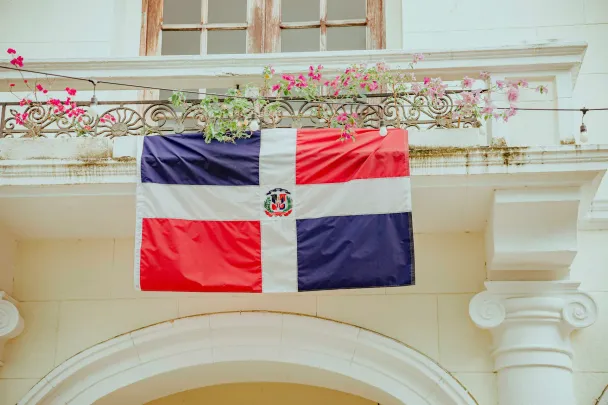
Table of Contents
After eight years away from the Dominican Republic, I returned in winter 2023. Walking through familiar streets in my hometown of Bonao, sitting in Santo Domingo’s colonial plazas, and hearing the sounds I’d grown up with felt like rediscovering a country I thought I knew completely. That visit reminded me how much of my homeland’s story remains untold to the outside world.
These facts come from a country I lived in for most of my life, experienced firsthand, and want to share with those who’ve never been there.
1. Cigua Palmera: Our National Bird
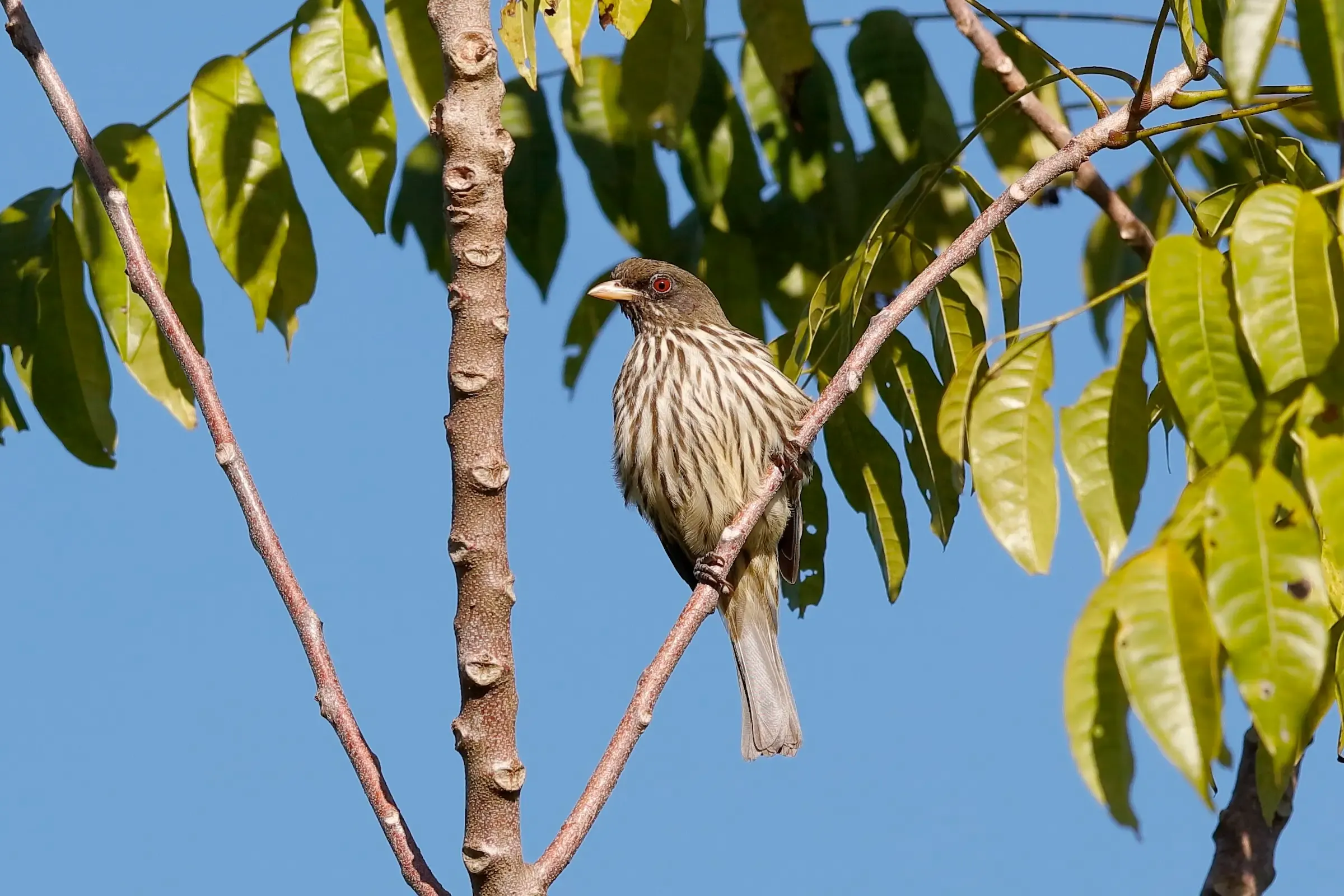
Growing up in Bonao, my friends and I would spot Cigua Palmeras in our school courtyard. These small, chattering birds build massive communal nests that look like apartment complexes wedged into palm trees. The scientific name is Dulus dominicus, and they exist nowhere else on Earth except on the island of Hispaniola.
Cigua Palmeras (known in English as Palmchats) are intensely social, building nests that can house dozens of families. Their nests can weigh hundreds of pounds and last for years, passed down through bird generations like family homes. When hurricanes come through, these communal structures often survive better than individual nests.
2. Larimar: Found Only Here
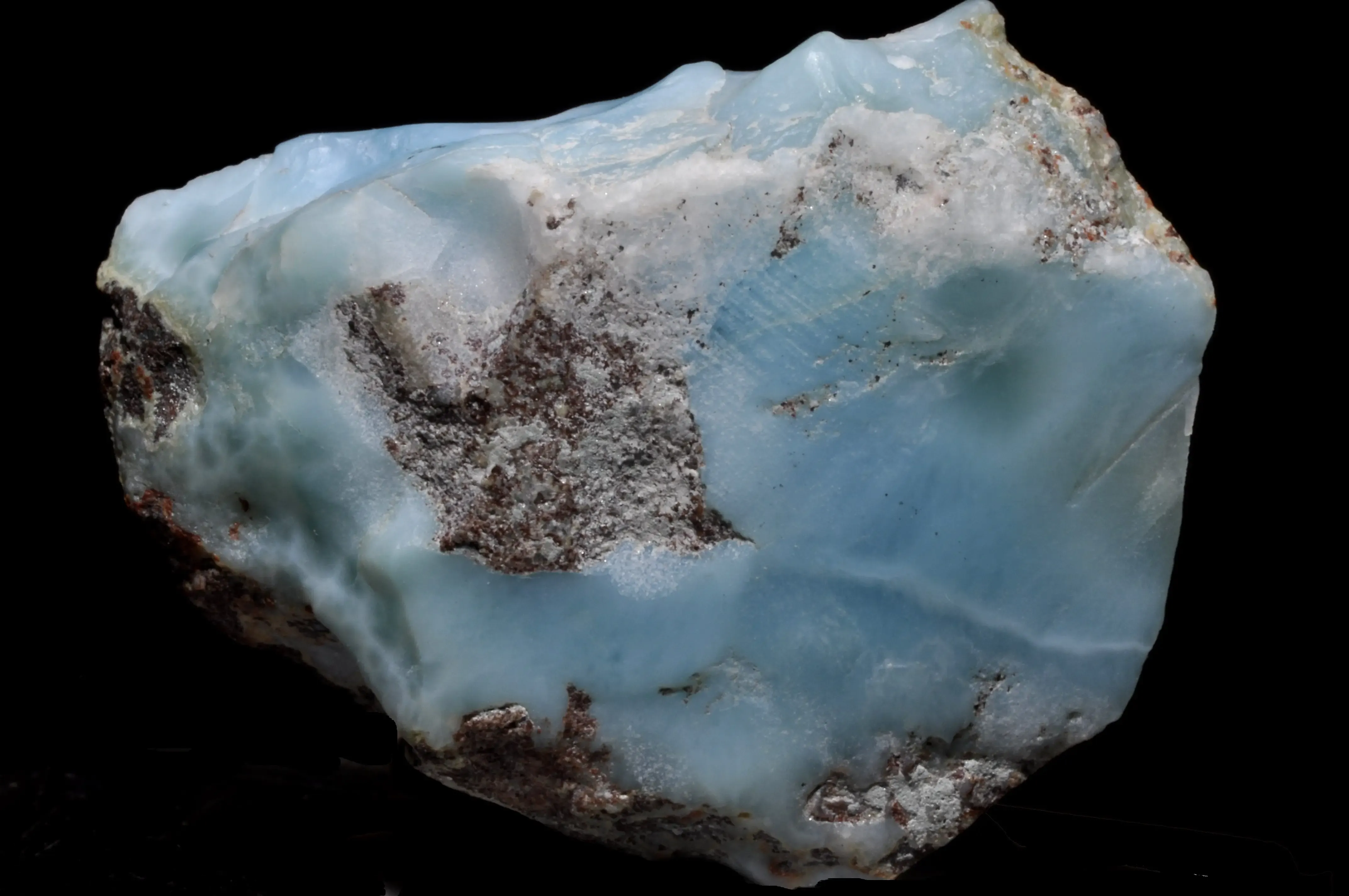
Larimar exists only in the Dominican Republic, specifically in the southwestern province of Barahona. This blue variety of pectolite ranges from pale sky blue to deep ocean blue, and Dominicans discovered it in 1974. The name combines “Lari” (from the discoverer’s daughter Larissa) and “mar” (sea in Spanish).
The stone forms in volcanic cavities and requires hand-mining from mountainous terrain. Dominican miners rappel into cave systems to extract the mineral. The blue coloration comes from copper substitution, and no two pieces are identical. In jewelry shops across the country, you’ll find Larimar set in gold, worn by locals and sold to visitors.
3. Taíno Petroglyphs in Cave Systems
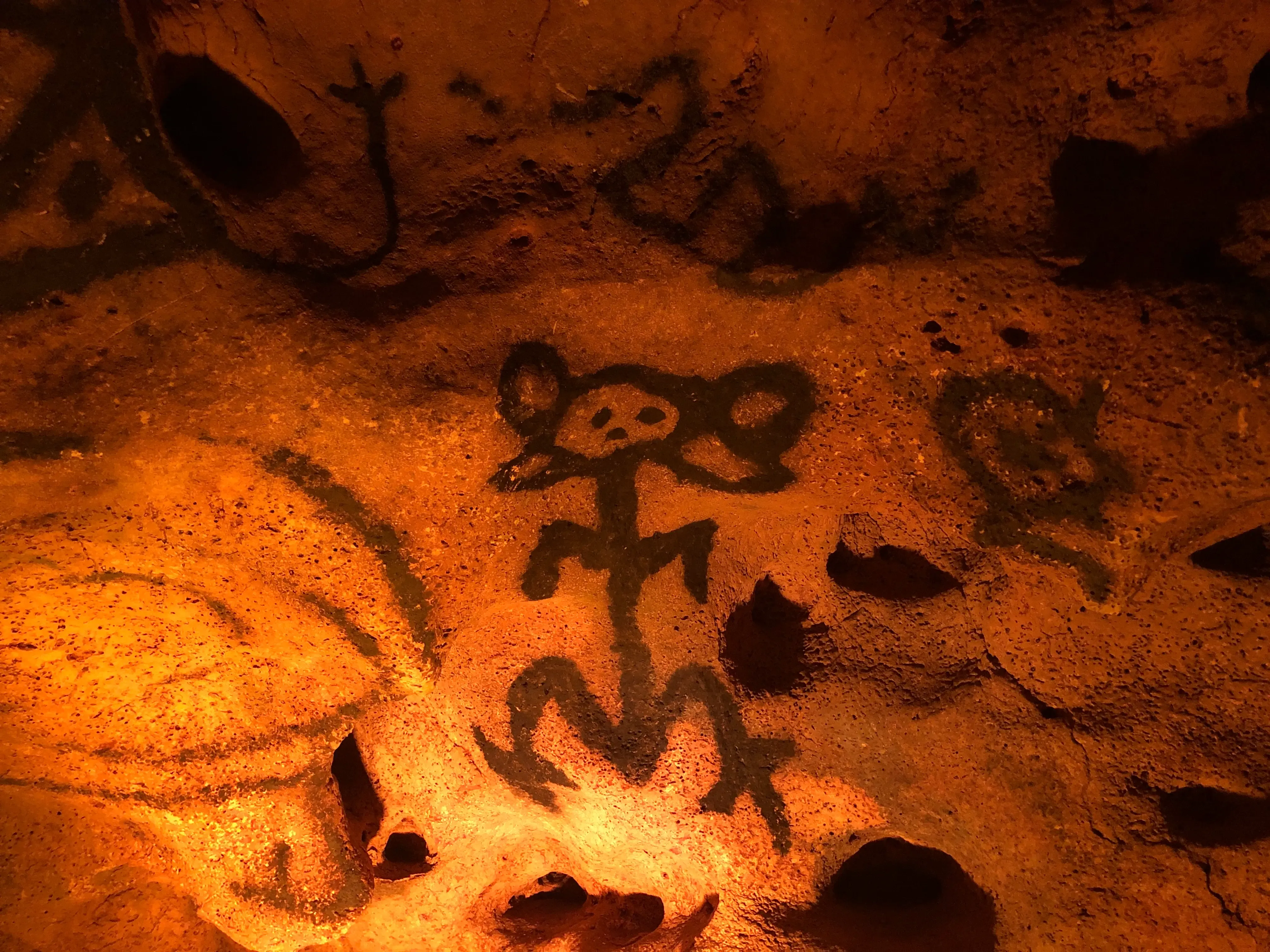
I first entered the Cueva de las Maravillas (Cave of Wonders) on a school trip as a kid. Walking into that cave system for the first time meant seeing stalactites and stalagmites, but more importantly, seeing the drawings left by the Taíno people who lived on our island centuries before Columbus.
The Taíno petroglyphs and pictographs show faces, ceremonial scenes, and symbols that archaeologists believe represent their spiritual beliefs and daily life. The cave stays cool year-round, protected from hurricanes and time.
4. Hispaniolan Solenodon: An Ancient Mammal

The Hispaniolan solenodon (Solenodon paradoxus) looks like something from another era because it has remained virtually unchanged for millions of years. This nocturnal mammal is one of the few venomous mammals on Earth. Its saliva contains toxins that help it hunt insects and small prey.
Most Dominicans never see solenodons because they’re nocturnal and increasingly rare due to habitat loss and predation by introduced species like cats and dogs. They survive in the mountain forests of the Dominican Republic and Haiti.
5. First European Settlement: La Isabela
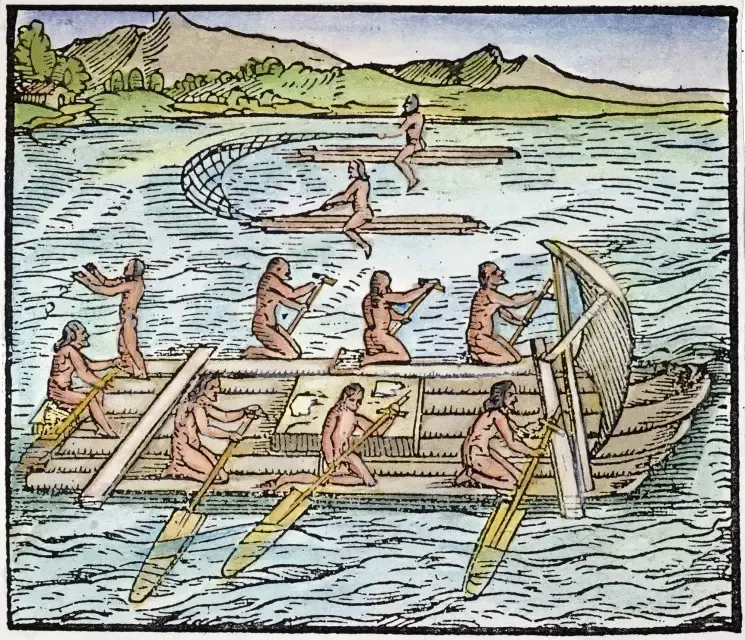
The Dominican Republic hosted the first permanent European settlement in the Americas. La Isabela, established by Christopher Columbus in 1493, predates Jamestown by over a century.
When Columbus established La Isabela on the northern coast, the Taíno people already had sophisticated societies, agriculture, and trade networks. La Isabela failed as a settlement due to disease, poor planning, and conflicts with indigenous populations, leading to its abandonment. Its establishment marked the beginning of Spanish colonization in the Americas.
6. Santo Domingo: Oldest Continuously Inhabited European City
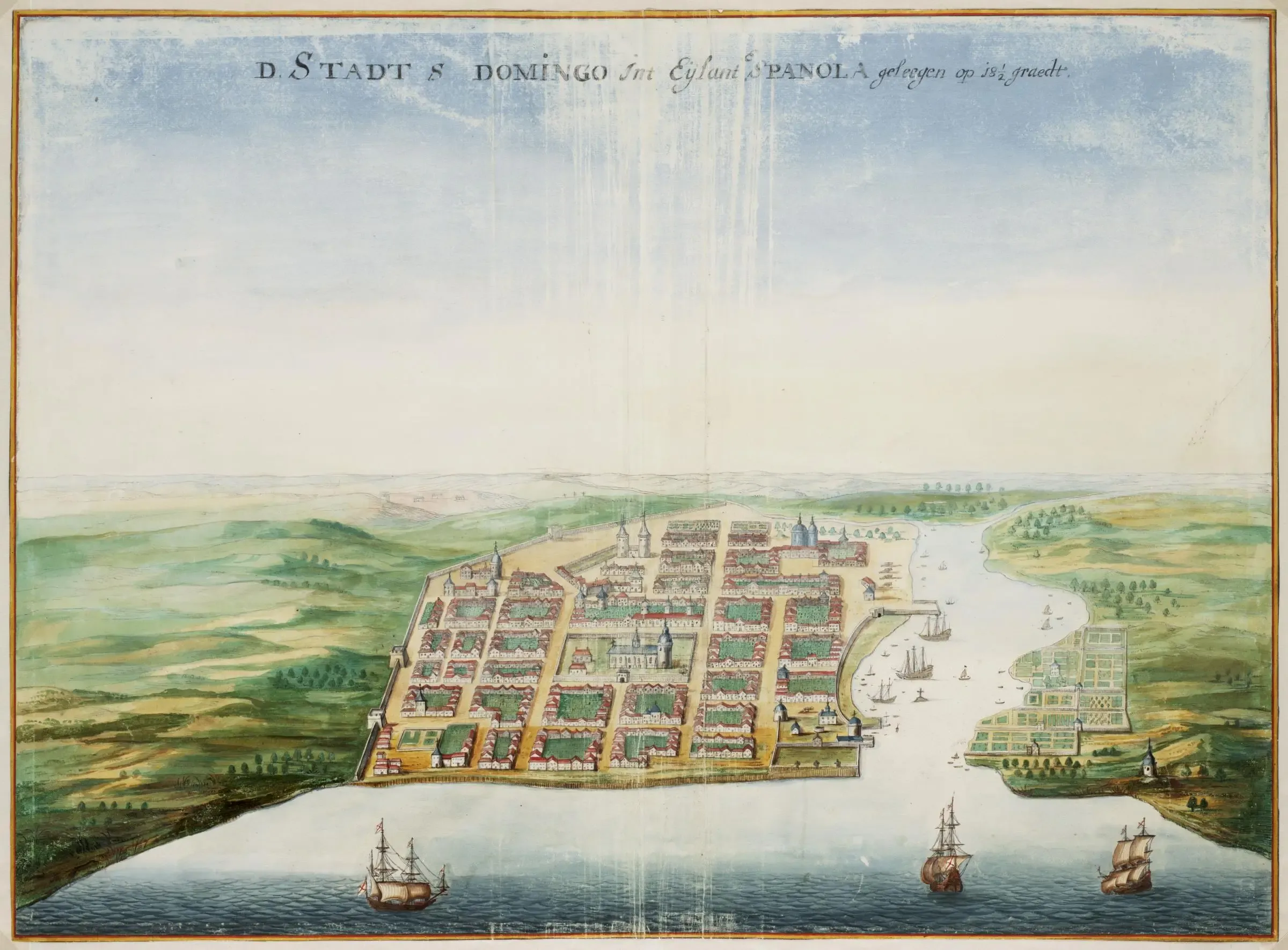
Santo Domingo, founded in 1498, is the oldest continuously inhabited European-established city in the Americas. Walking through its colonial zone, you’re moving through 500+ years of continuous history.
The city contains the first cathedral, first hospital, first university, and first palace built by Europeans in the New World. The Cathedral of Santo Domingo, completed in 1540, is where many Dominicans mark important life events. Santo Domingo was a major Spanish colonial capital, governing territories that extended far beyond the island.
7. Pico Duarte: The Caribbean’s Highest Peak
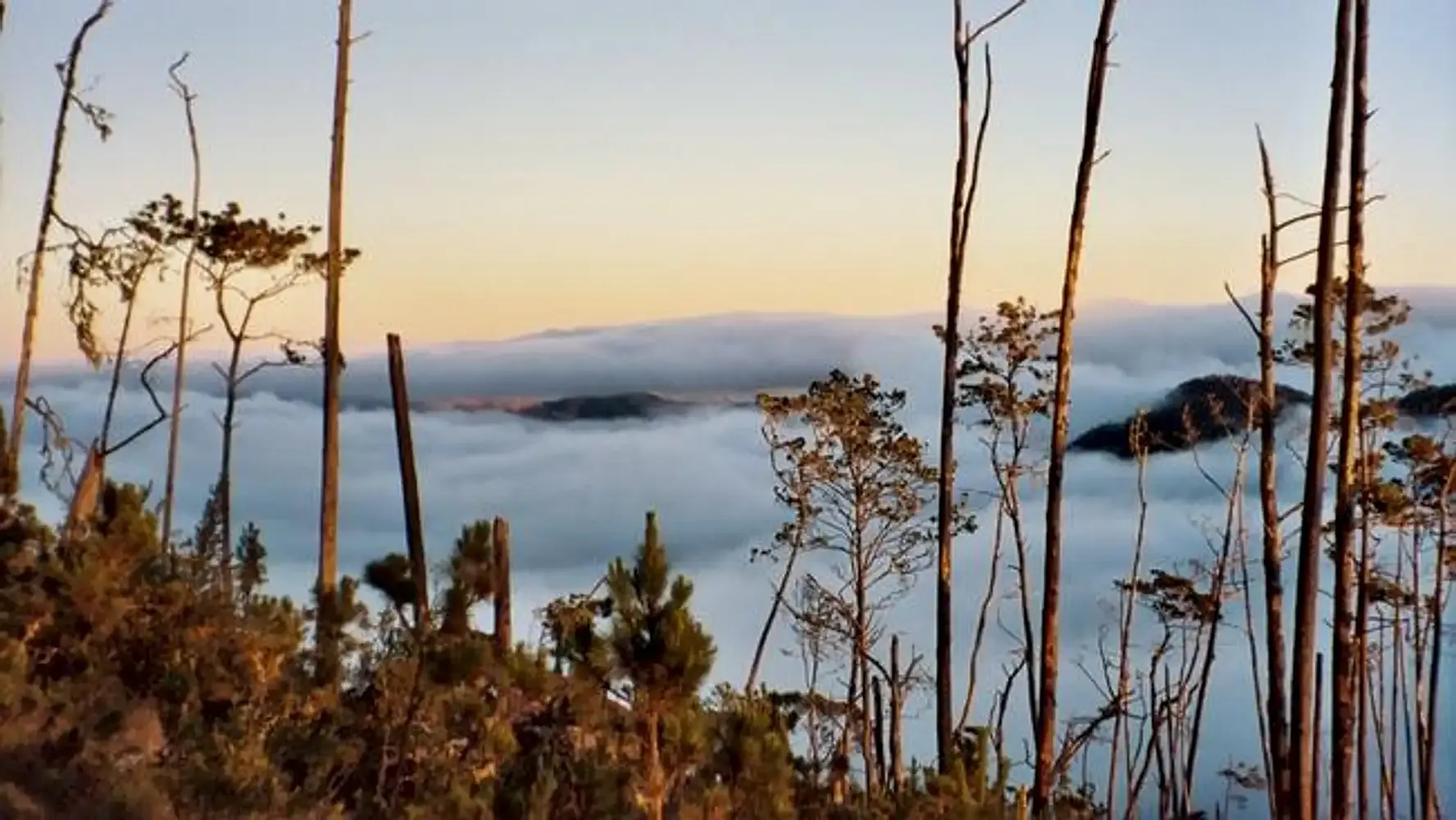
At 3,098 meters (10,164 feet), Pico Duarte is the tallest mountain in the Caribbean. The climb takes you through multiple climate zones, from tropical lowlands to pine forests to alpine conditions at the summit. During December and January, temperatures at the peak can drop below freezing.
The peak is named after Juan Pablo Duarte, one of the founding fathers of Dominican independence. The Dominican Republic contains mountains, valleys, deserts, and forests alongside its coastline.
8. Lake Enriquillo: Below Sea Level
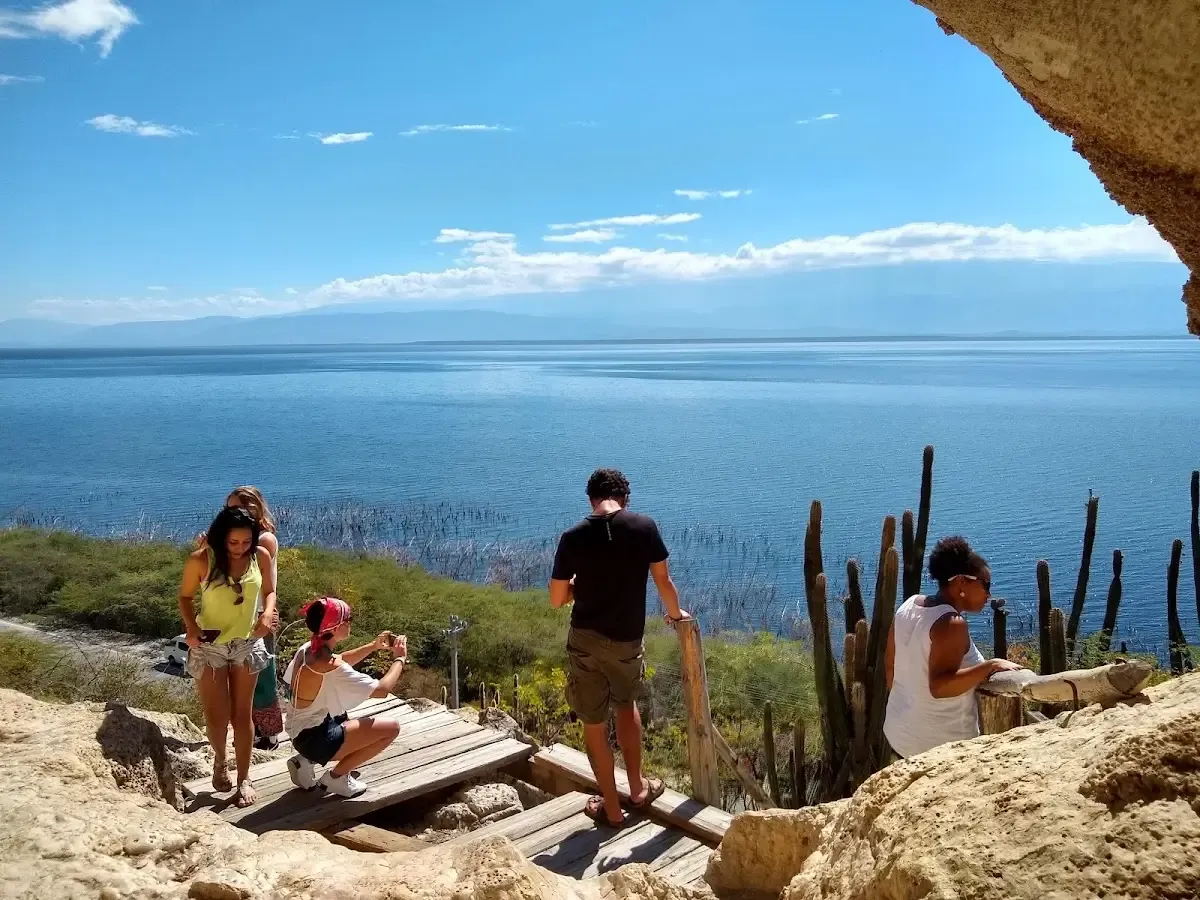
Lake Enriquillo sits 44 meters (144 feet) below sea level, making it the lowest point in the Caribbean. This hypersaline lake, three times saltier than the ocean, supports a unique ecosystem.
American crocodiles live in Lake Enriquillo. Flamingos feed in its salty waters. The lake expands and contracts based on rainfall, sometimes growing large enough to threaten nearby communities, sometimes shrinking to expose vast salt flats. Within a few hours’ drive, you can go from the Caribbean’s highest peak to its lowest point.
9. Carnaval: February Celebrations
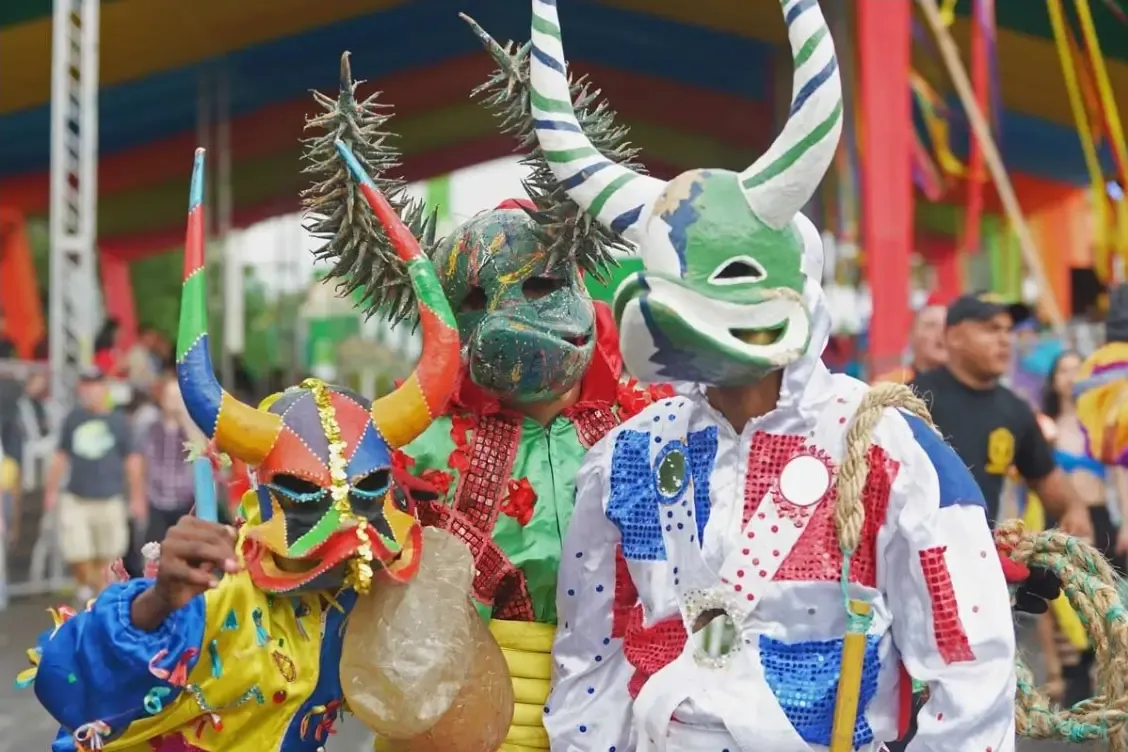
Dominican Carnaval happens every February, climaxing on Independence Day (February 27th). Growing up in Bonao, Carnaval came to our doorstep. The parade route ran right in front of my grandparents’ house, so we’d sit on the sidewalk and watch the entire spectacle unfold.
The masks are the centerpiece. Diablos Cojuelos (limping devils) are the most iconic characters, with elaborate horned masks and colorful costumes. Each region has distinct characters: Roba la Gallina (steals the chicken), La Ciguapa (a mythical woman from Dominican folklore), and Los Taínos (representing our indigenous heritage).
The Diablos Cojuelos carry vejigas (inflated bladders) to playfully hit spectators. Dominican Carnaval blends African, Spanish, and Taíno influences. For Dominican families, Carnaval is cultural transmission. Children learn about Dominican mythology and history through these characters.
10. Humpback Whales in Samaná Bay
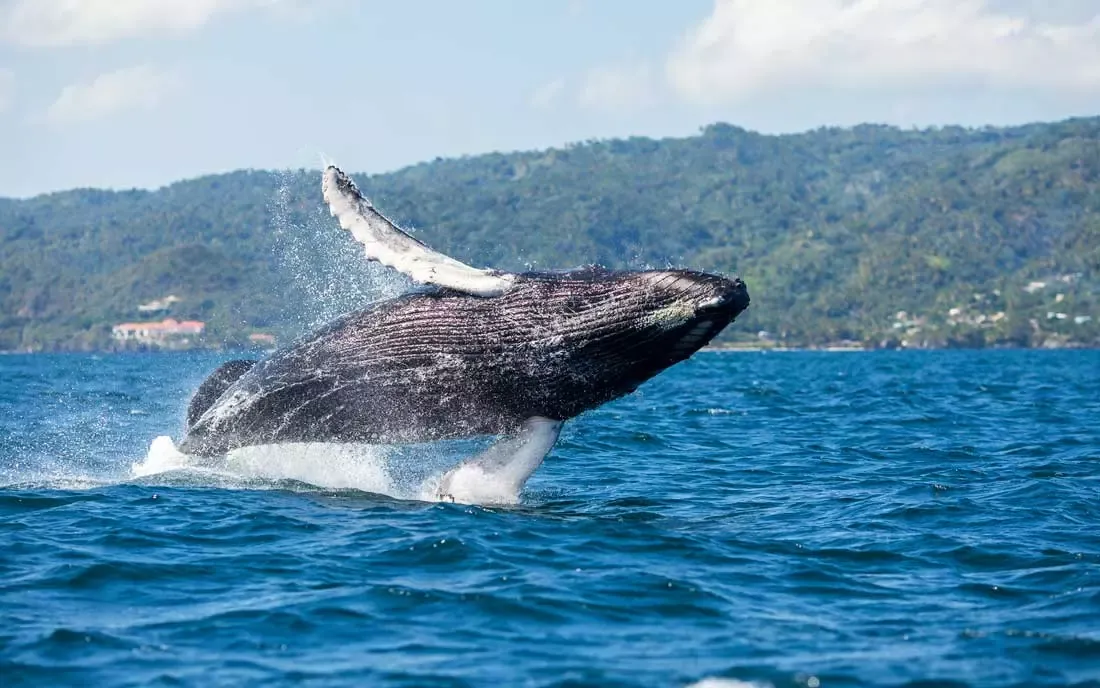
Every year from January to March, humpback whales migrate to Samaná Bay’s warm, shallow waters to mate and give birth. This migration is one of the longest animal journeys on Earth. These whales travel from feeding grounds near Greenland and Iceland to breed in Dominican waters.
Samaná Bay provides warm, shallow, and protected conditions for whale calves to be born and gain strength before the journey north. The whale watching industry in Samaná employs hundreds of Dominicans. Local boat operators, many of whom grew up fishing these same waters, now guide visitors to observe whales.
Coming Home
Returning to the Dominican Republic after eight years away, I found much infrastructure development alongside things that remained unchanged: the sound of nature in the morning, the taste of mangoes from trees I remembered as a child, family gatherings that stretch late into the night, and lots of dancing.
The Dominican Republic contains Caribbean beaches and mountain peaks, ancient Taíno caves and colonial cathedrals, endemic birds and migrating whales. For those who’ve never been there, these facts offer a glimpse into a country beyond any single image. For those of us who call it home, they’re reminders of why part of us always remains Dominican.